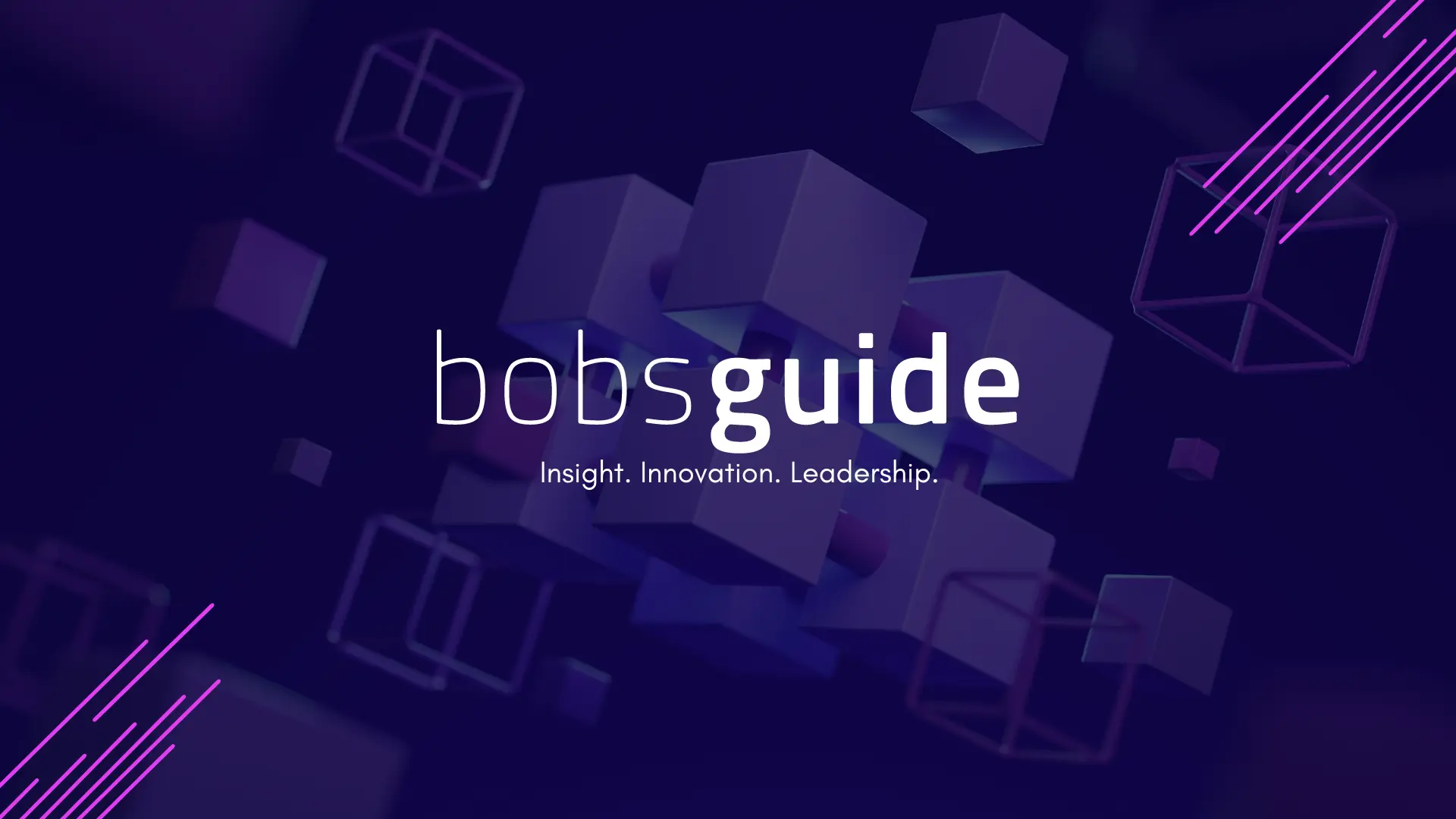Why Robotic Process Automation is a perfect fit for family offices
Family offices may be forward thinking in the range and types of assets they invest in, but they are typically slower to embrace new technology. Implementing Robotic Process Automation can unlock a myriad of benefits while allowing these institutions to remain mean and lean
-
Editorial Team
- January 10, 2022
- 5 minutes

Family offices are unique. As a result, they don’t use technology in the same way many other financial institutions do.
Most family offices operate with a small number of trusted employees who wear many hats and handle everything from investments to bill paying. There is no strict departmentalisation of duties or large teams staffed to specifically focus on a particular task. Processes tend to be highly manual. In fact, family offices spend between 20-40 percent of working hours per week on manual processes, according to a research report by Family Wealth Report (FWR). And since every family office is unique and has a different family structure, workflow is highly nuanced as well. As such, there are fewer solutions available that directly fit a family’s needs, help lighten the workload, and deliver the cost-benefit needed to support the investment in technology.
Spending on technology is easier to justify in larger wealth management firms due to economies of scale. Smaller single and multi-family offices often “make do” with manual processes because of the cost considerations and the need for customised solutions. At some point, however, family offices should step back and ask themselves, is there a better way? Can we work more efficiently?
Addressing the challenges
Understanding workflow, the everyday issues, and what problems technology can and cannot solve should be the first step in every family office’s technology journey.
Single family offices typically invest in diverse asset classes that require a wide range of data sources. Cash flows and investments need to be tracked across complex trusts, partnerships, and other investment structures and through intertwined entities. The same is true for multi-family offices, which provide services to several family offices, but on an even greater scale. Managing multiple family offices involves juggling dozens of accounts and even more asset classes.
Many day-to-day tasks revolve around data – gathering it, aggregating it, and compiling it into reports for family members. Manually downloading and aggregating all this data is tedious, time consuming and prone to human error. Entering multiple passcodes to access accounts on high-security financial databases is especially fraught with hazard. Mistyping a password more than a couple of times may freeze the account and require calls to the bank or broker that could result in a delay while identities are confirmed.
Reporting is another time-consuming task that may sound simple but is often one of the more frustrating aspects of running a family office. Generational inter-entity investments are extremely complex. And family members can be demanding, each expecting a customised view of their individual investments, which can take hours to compile and format.
Gaining efficiency
Replacing work that basic software alone can’t do and that humans would rather not do is the role that Robotic Process Automation (RPA) fulfils. Todd Immell, principal at EY, summed it up best by saying, “RPA does not take the human out of the process, it takes the robot out of the human.”
RPA is an application of technology that uses built-in rules-based logic to perform repetitive tasks. Unlike artificial intelligence and machine learning that use algorithms to continually learn and improve, RPA replicates existing business tasks without adding learned intelligence. Simple tasks such as creating automated email responses via a bot to more complex tasks such as extracting and uploading data to an accounting system, processing transactions, and communicating with other digital systems, are good candidates for RPA.
RPA can be implemented seamlessly and applied to any repetitive rules-based process so that family office staff simply see the workload “disappear” on their end. Mundane, rules-based operations previously requiring a human touch can now be automated, freeing up staff time to serve clients and centre attention on higher priorities. It is for these reasons that RPA has been gaining popularity.
With RPA, robots log in to each account, download and convert the data, save it to special destination folders and then import everything into the accounting system. Data that would need to be manually pulled in from multiple banks, brokers and other sources is automatically uploaded into the accounting system where it can be consolidated, analysed, and fed into a reporting engine.
Embracing RPA
Family offices run lean and mean. According to the FWR research report, most firms manage operations with fewer than 20 employees in spite of having more than 26 legal entities to hold their clients’ assets – efficiency is a high priority.
RPA streamlines operations, improves efficiency, and reduces human error. Since bots can be programmed to carry out a task or process exactly how a human would, RPA is a logical solution for the individualised requirements that define each family office.
While family office accounting solutions that can handle diverse data are readily available, downloading, aggregating, and entering the data into the system remains a challenging and cumbersome process. RPA can make the difference.
Find out how one family office saved time and frustration using RPA technology.

 Bobsguide is a
Bobsguide is a